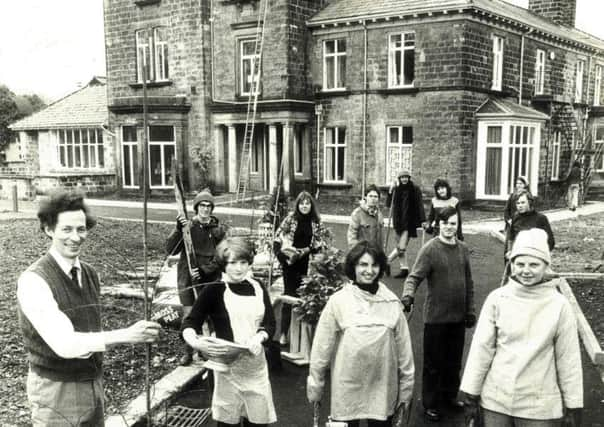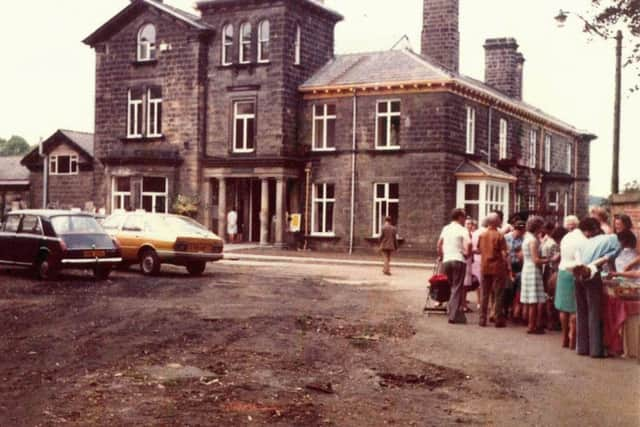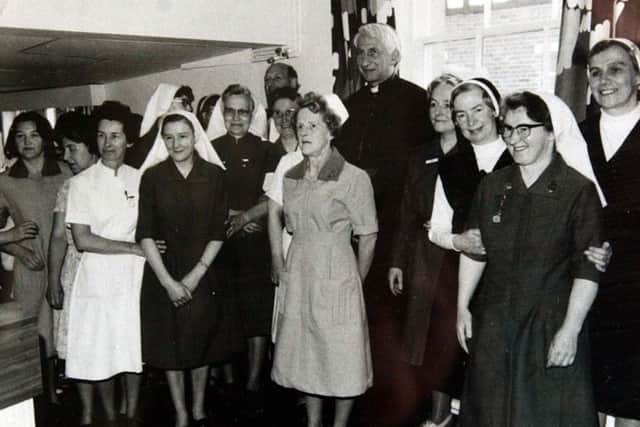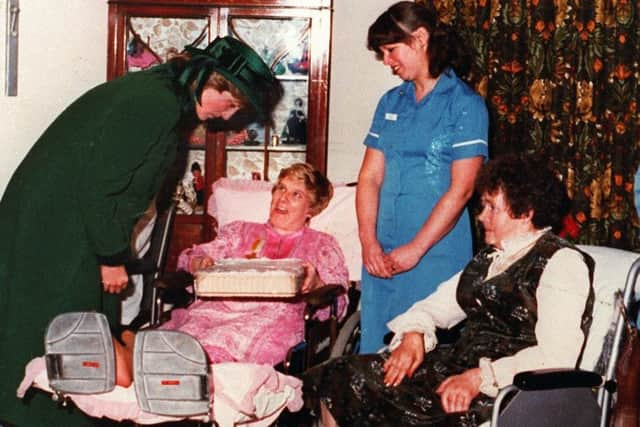Leeds hospices' 40th anniversaries: We take a look at how it all began


Within the space of four months in 1978, two small buildings opened up in Leeds - just a few miles apart - which were to change the face of care for people in the city with life-limiting illnesses.
Over the next 40 years, both St Gemma’s Hospice in Moortown and Sue Ryder Wheatfields Hospice in Headingley have grown in both size and stature and cared for a total of 90,000 of Leeds’ residents.
Advertisement
Hide AdAdvertisement
Hide AdBoth hospices have become much-loved institutions experienced by many across the city and both acknowledge they would not be here without the support of the local community.


It was, in fact, the people of Leeds who helped get the hospices up and running on day one.
Back in 1977, an appeal was launched at Leeds Town Hall by the founders of St Gemma’s, the Sisters of the Cross and Passion, to generate support to help raise the £1m needed to create and later expand the hospice services.
Advertisement
Hide AdAdvertisement
Hide AdThe building, in Moortown, had previously been run by the Sisters as a school until the 1970s when they chose to focus their resources on areas of greater need.


A timely Radio 4 programme about care of people with terminal illness suggested the need for a hospice and a decision was made.
The nine-bed unit opened to its first patients on April 12, 1978.
Less than three miles away, a former military HQ building became the chosen home for another new hospice by Leeds-born philanthropist Lady Sue Ryder.
Advertisement
Hide AdAdvertisement
Hide AdOriginally built in 1859, the building had been a regional commissioner’s office during World War Two and an HQ for a Royal Auxiliary Air Force Squadron during the 1950s.


But after two decades of lying dormant - and after a YEP-backed public appeal to raise the cash - Sue Ryder Wheatfields hospice opened to patients in August 1978.
Both hospices struggled financially during those early years - with the people of Leeds springing into action each time to save the future of the vital services.
In 1980, the city’s residents helped rescue Wheatfields from near bankruptcy when it finished the year £60,000 in debt.
Advertisement
Hide AdAdvertisement
Hide Ad

The YEP at the time praised the “Herculean efforts” of the hospice’s supporters for solving the cash crisis but warned money was still desperately needed.
In 1982, when demand for care at St Gemma’s led to the building of a new 45-bed extension, the hospice was left with debts of more than £2.2m and running costs escalating from £118,000 in 1978 to £40,000 a month in 1982.
So desperate was the situation that year that one floor of the hospice had to be closed as the Sisters dared not incur more costs.
Advertisement
Hide AdAdvertisement
Hide AdToday both hospices rely on public donations to fund the majority of their high running costs.
It costs £12,000 a day to run Wheatfields, which has 18 beds, 271 staff and volunteers and eight hospice shops.
At St Gemma’s – which has 32 beds, 1,050 staff and volunteers and 23 hospice shops – daily running costs are £25,000 a day.


Kate Bratt-Farrar, hospice director at Sue Ryder Wheatfields Hospice, said: “We have been at the heart of the community for 40 years. It is difficult to put into words how much the support of the local community has benefited the hospice over the last 40 years and has helped us to continue to be here for families at a very vulnerable time in their life.
Advertisement
Hide AdAdvertisement
Hide Ad“A huge thank you also goes to the Yorkshire Evening Post and all its readers for their generosity and support.
“It is thanks to the first appeal launched by the YEP that Wheatfields Hospice was able to open its doors and since then the YEP has been an invaluable partner.
“The money raised over the past four decades has been put to extremely good use here at the hospice, with every penny helping to fund the specialist end of life and palliative care we provide to patients and their families at the time they need it the most” Emily Clark, 40th anniversary manager at St Gemma’s Hospice, said: “2018 is going to be a really special year for everyone in the local community who has supported St Gemma’s Hospice for the last 40 years. We have been so overwhelmed by the number of stories and memories people are sharing and it really shows what a special place it has in people’s hearts.”